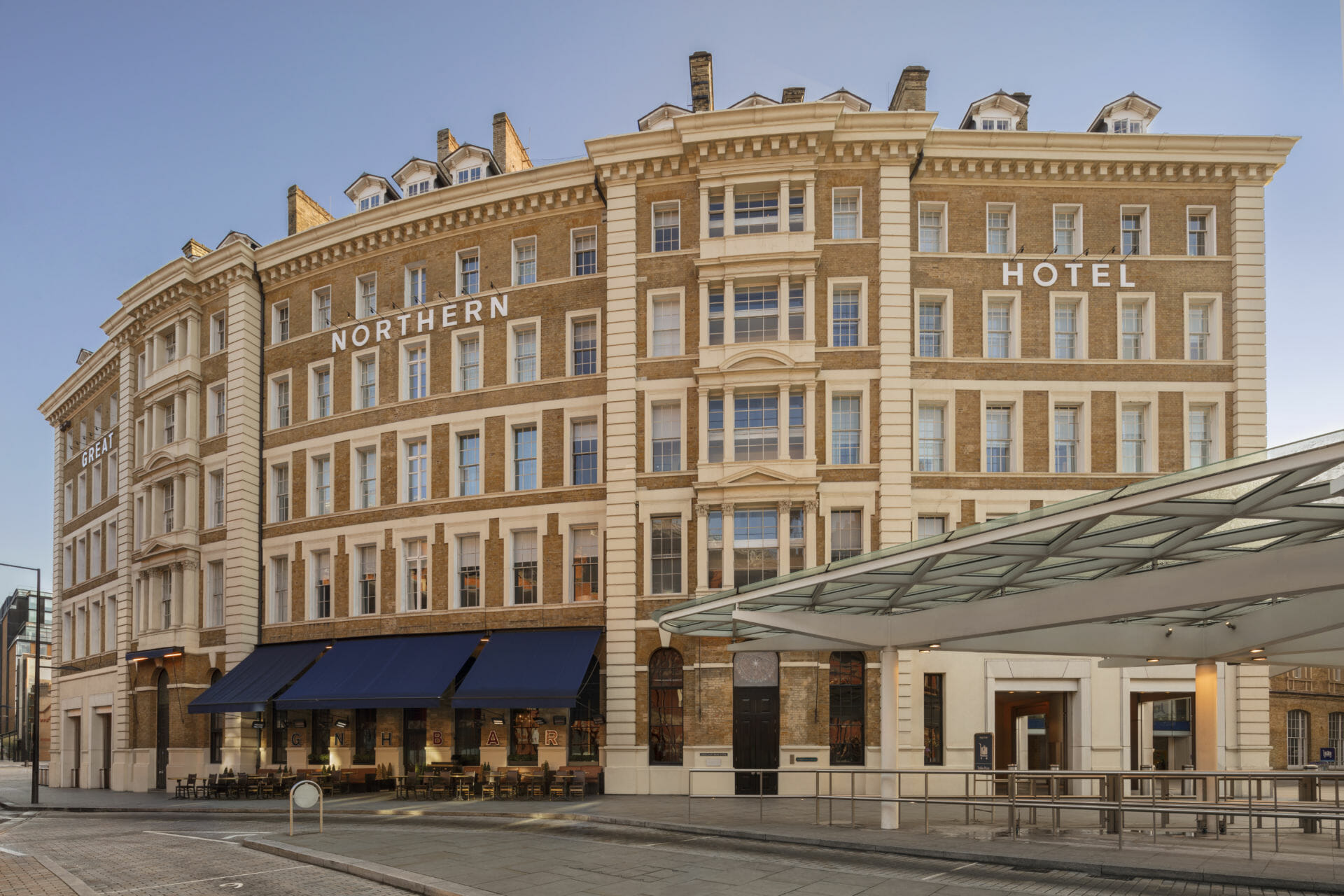Rising From The Rubble:
There are many lost, abandoned locations throughout the world, some with a melancholy beauty all their own, from abandoned distilleries and abandoned jails to doomed vacation resorts and obsolete industrial buildings. On the other hand, some abandoned structures have been renovated or given new uses, reviving them. Here, we examine a few locations where ancient ruins are giving rise to new life.
Bodmin Jail, Cornwall, UK:
Built by convicts of the Napoleonic Wars in 1779, the ancient Prison of Bodmin looms on the edge of a menacing Cornish moor, sending shivers down the spines of passersby. It served mostly as a debtor's prison, with the Royal Navy eventually occupying a wing for crimes involving the sea. This location was used for public executions; the last hanging occurred in 1909. The Grade II-listed building has mostly been in ruins since the antiquated jail was destroyed in 1929. That is, until an ambitious project to turn it into a 70-room luxury hotel was started by an investor who spotted its potential.
Bodmin Jail, Cornwall, UK:
It is now a significant expense for guests to check into the Bodmin Jail Hotel. The architects have transformed this former jail into a well-lit, inviting space with elegant and modern elements, all while preserving its distinctive history. The hotel's spacious rooms with stone walls were once separate cells that were joined together. While the Chapel Bar is housed in the former governor's office, the old jail chapel has been transformed into a charming restaurant. Located next door is the Bodmin Jail Attraction, which offers visitors additional information about the building's sordid past.
Great Northern Hotel, London, UK:

London's first purpose-built railway hotel, the Great Northern Hotel opened its doors in 1854 to serve the passengers of the Great Northern Railway Company, and it was a handsome one at that. The Italianate building, which was created by the well-known Victorian architect Lewis Cubitt, quickly gained notoriety in Kings Cross thanks to its unusual tall, slender, and curved shape.
Great Northern Hotel, London, UK:
The historic hotel was closed by the Compass Group 12 years ago due to significant upgrades at Kings Cross station; following this, it lay abandoned and neglected. For a while, there were plans to demolish it, but happily, a £40 million ($49.9 million) makeover brought it back to life as a five-star hotel. It was reopened in 2013 with its curved shape integrated into the eye-catching new domed ceiling of the station. The now Grade II-listed building is filled with thoughtfully restored original features and references to its railway background, from its magnificent windows to its elaborate stair rails.
Baltic Flour Mill, Gateshead, UK:
For many years, Rank Hovis' massive grain mill, constructed in 1950, ruled Gateshead's south bank of the Tyne. When the firm decided to close the mill in 1981, around 100 of the 300 workers who worked at the Baltic Flour Mill at its peak still held jobs. After standing empty for twenty years, the massive structure was converted into a spacious gallery for modern art, with development starting in 1998. This process is similar to how London's derelict Bankside Power Station was transformed into the Tate Modern.
Baltic Flour Mill, Gateshead, UK:
The redeveloped flour mill became the home of the new £46 million ($57.4 million) BALTIC Centre for Contemporary Art art gallery, which debuted in 2002. It was one of the main structures in the massive redevelopment of the industrial city's Gateshead Quays neighbourhood. The spectacular 32,291 square feet (3,000 square meters) of modern art center, spread over six storeys, is situated overlooking the new Gateshead Millennium Bridge. The restaurant on the top level is a great spot to take in the views of this redeveloped industrial area.
Tegel Airport, Berlin, Germany:

Constructed in a mere ninety days in 1948, Tegel Airport was first used as a French military installation before being operational for commercial flights in 1958. In 1975, it supplanted Tempelhof Airport as Berlin's primary airport. The popular airport was served in its heyday by Panam, Air France, and British Airways, but rising passenger numbers took their toll and, in spite of their best efforts, the airport became outdated and had to close. To make room for the new Berlin Brandenburg International Airport, which opened in October 2020, the last aircraft from Tegel Airport departed in November 2020.
Tegel Airport, Berlin, Germany:
Tegel Airport is currently undergoing a £6.8 million ($7.9 million) development project called Berlin TXL, which aims to turn it into a residential smart city and eco-friendly hub. A rendering of the proposed makeover, which will comprise 5,000 residences, a university campus, and a thousand companies, is seen below. Although the first residential section is scheduled for completion by 2027, the project is expected to be finished by the end of the 2030s. Plans call for solar panels to be installed on buildings, vertical gardens, and a 500-acre nature reserve.

.jpg)